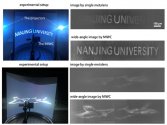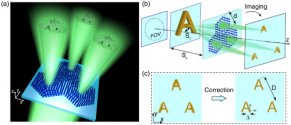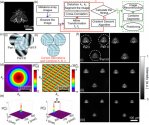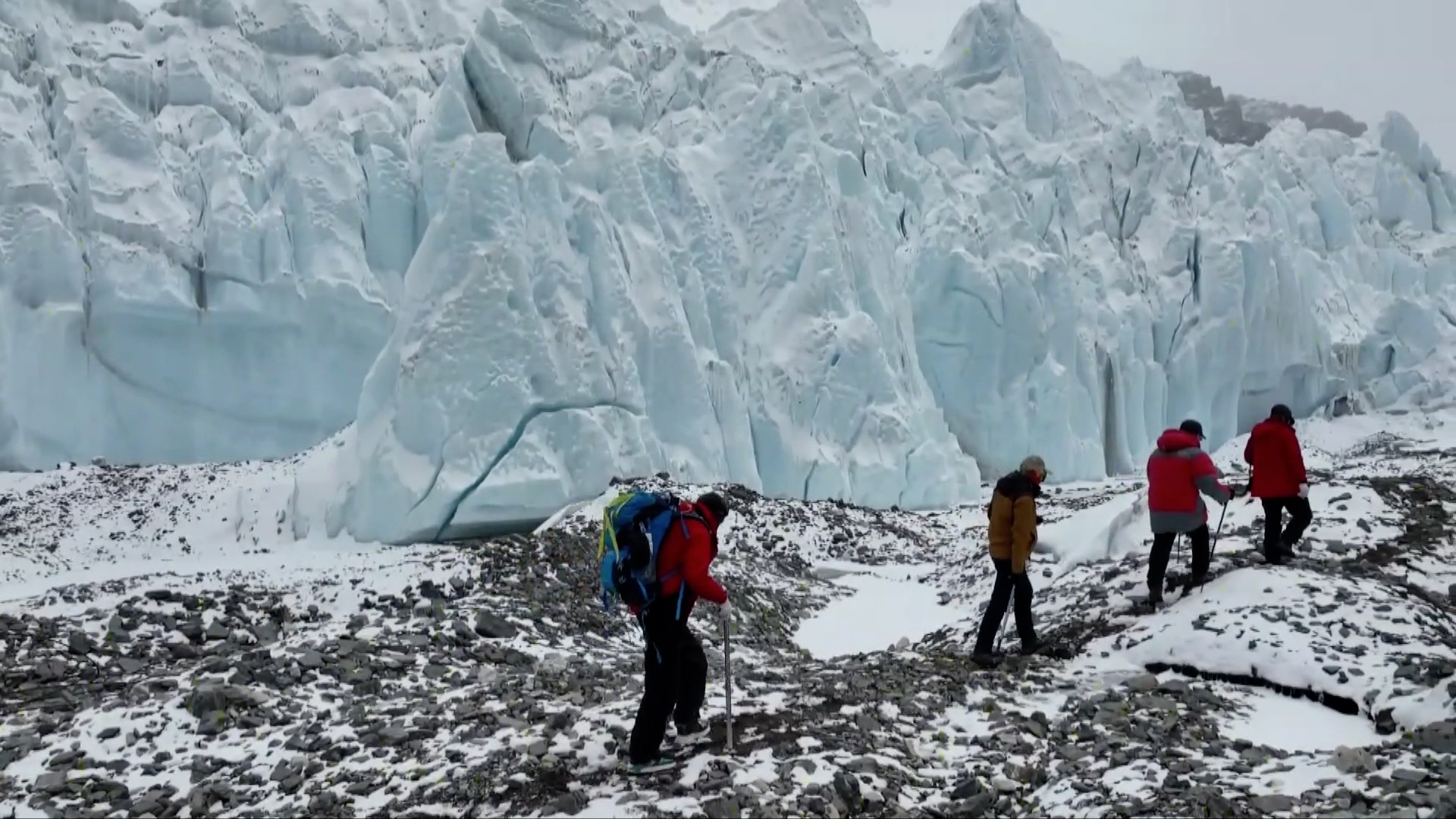Tao Li and colleagues from in China report their new ultrathin camera in , journal for high-impact research. The new camera, which is just 0.3 centimeters thick, can produce clear images of a scene with a viewing angle of more than 120 degrees.
南京大学教授李涛团队设计出一种新型的平面广角相机——单层超构透镜阵列广角相机(metalens array integrated wide-angle camera,MIWC),一举解决了上述难题。最大的突破就在新研制的镜头上,它十分轻薄,仅1微米。但可实现较高质量的广角成像,并且没有畸变。
The published paper in English:
Planar wide-angle-imaging camera enabled by metalens array
Here, we propose a planar camera for wide-angle imaging with a silicon nitride metalens array mounted on a CMOS image sensor. By carefully designing proper phase profiles for metalenses with intentionally introduced shifted phase terms, the whole lens array is capable of capturing a scene with a large viewing angle and negligible distortion or aberrations. After a stitching process, we obtained a large viewing angle image with a range of >120∘ using a compact planar camera.


As the paper's abstraction mentioned "negligible distortion or aberrations", I am wondering if these researchers are aware of the paper by another group of Chinese researchers who used metalens array to correct aberrations. That paper was also published on Optica in 2020:
Aberration-corrected three-dimensional positioning with a single-shot metalens array
Three-dimensional (3D) positioning with the correction of imaging aberrations in the photonic platform remains challenging. Here, we combine techniques from nanophotonics and machine vision to significantly improve the imaging and positioning performance.
Analysis of the two-dimensional aberration-corrected information in the image plane enables the 3D coordinates of the object to be determined with a measured relative accuracy of 0.60%–1.31%. We also demonstrate the effectiveness of the metalens array for arbitrary incident polarization states. Our approach is single-shot, compact, aberration-corrected, polarization-insensitive, and paves the way for future integrated photonic robotic vision systems and intelligent sensing platforms that are feasible on the submillimeter scale, such as face recognition, autonomous vehicles, microrobots, and wearable intelligent devices.


If these methods are combined, perhaps we are going to see much smaller cameras with better image qualities for CCTV and robots.
Hikvision and Dahua, pick them up.

